
Celebrated Saskatchewan writer Guy Vanderhaeghe BEd'78, S.O.M., O.C. is the author of six novels and four collections of short stories, and has been the recipient of many awards, including the Governor General’s Award (three times), the Saskatchewan Order of Merit, the Lieutenant Governor's Arts Award for Lifetime Achievement in the Arts, and is an Officer of the Order of Canada. He received the University of Regina’s Alumni Crowning Achievement Award — Lifetime Achievement Award — in 2017. In January, he was awarded the 2nd annual Glengarry Book Award for his most recent novel, August Into Winter, which is set in small-town Saskatchewan on the brink of World War Two. Vanderhaeghe spoke with Degrees about how looking at history can help to make sense of the present, how teaching informs his writing, and the importance of applying oneself to the job at hand.
What’s your origin story as a writer? Was it something you were always drawn to, or was there a period that marked your “beginning”?
It was something that I was always drawn to from an early age. As soon as I could read, I became fascinated with books. I grew up in a relatively small town – Esterhazy, Saskatchewan. There weren’t many writers around except for the person who wrote the entire local newspaper himself. Things have changed – I’m over 70 years old, and when I went to school we read virtually no Canadian literature. It almost left you with the impression that writing was not something that people in this country tended to do, that writing happened someplace else — in Great Britain or the United States — I’m speaking as an English speaker when I say that. So, it didn’t really cross my mind as something that I could do until I arrived at university.
I think it probably seems more possible now. The country has changed a lot, and there’s a sense of possibility in the arts now that might not have existed when I was a child. The more remote you were from a big centre, the less possible it seemed to be – because you weren’t consuming the arts. You weren’t going to a symphony or a play, or attending a concert, which would have been a possibility in any city of significant size.
A big point for me was when the Saskatchewan literary magazine Grain was initiated and I read the first issue. I thought ‘well, this is interesting. They’re publishing writing by people from here.’ So I sat down and wrote a short story and sent it off to Grain, and it was published in the second issue. And that’s what prompted me to sit down and write short stories; I thought there might be a place to send my writing and have it published. It’s possible to write for your own interest and pleasure – I’m not saying it isn’t – but if you see no avenue for publication, you’re not likely to pursue writing, or any other art form, with the sort of diligence that you need in order to develop as a writer.
Your latest book August into Winter takes place on the cusp of the Second World War. What attracted you to this time period, and how do you think it speaks to our present circumstance?
I think I saw similarities between the two periods – the present day and the 1930s and very early 1940s. They were periods of political crisis, and I feel that we’re entering a period like that now. The 1930s was a period in which radical politics were on the rise – both on the left and right. In the present day, there’s not the kind of equal distribution of political ideology that you saw in the 1930s — but I do see a great increase in the activity in the radical right. There are certainly shifting elements in North America – and Europe and other places in the world too – and I found that concerning. So, in a sense, the book was partly about that, and looking at politics in the 1930s, but also it was about how people deal with crisis.
When I began writing the book, we weren’t yet feeling the crisis of the pandemic, but by the time I was finishing it, we were well into that. And that made me reflect on how my parents faced close to 15 years of hardship and crisis between the Great Depression and Second World War. That was also part of my interest in writing the book – to look at how individuals and societies weather that sort of thing. I didn’t anticipate the pandemic, but when it broke I think that changed the way my novel ended because that was present in my mind. I wanted to show that people were capable of overcoming adversity — that doesn’t mean that everybody survives adversity, but that people can actually deal with it.
Does the act of writing clarify things for you?
Absolutely. One of the things I used to say to creative writing students is that often you nail down what you actually think or feel in the attempt to write it, because often that’s a process of distillation and refinement. For most writers, the act of writing is a way of thinking and an emotional response. I think that maybe writing the novel helped me clarify – at least a little bit – my real feelings of political distress about what was going on in the United States and all over the world, and also my reaction to what the pandemic was doing to people and how we were dealing with it. I think that writing the book may have clarified my own responses to those things. Writing and revision and posing questions – all of those things — it’s a process. And it’s a process that finally arrives at some point. And, in my case at least, the point I arrive at is sometimes not exactly where I thought I was going.
How does a sense of place play into your writing beyond just the setting?
When I first began to write in the 1970s and 80s, it was a period of cultural nationalism in Canada. And people were attempting to define themselves against the cultural hegemony of the United States. But here in Saskatchewan, I think we also felt a kind of cultural hegemony for English-speaking Canada that was coming out of Toronto. I think my generation of writers very consciously began writing about the province, the people of the province, and our experience of life here. Over time, I think it has become a more natural thing to do. Now, I never consciously write that stuff. I just write what surrounds me.
I think that a sense of place is in some sense diminishing everywhere in the world, and part of that is a kind of global culture which is also a homogenizing culture. So it seems to me the distinctions between people, at least on one level, are kind of breaking down — and you almost have another reaction that's leading to a kind of extreme nationalism. We’re in this moment in history where everybody seems to be drifting toward sameness, and some people are violently reacting to that. So I find that there's a strange tension in the times.
Your degree from the U of R is in Education. How has teaching informed your writing?
I found that when I was teaching creative writing I had to think about what I did more or less instinctively. In terms of explaining to other people about how I believe fiction works — the need to explain how fiction is constructed in a craft sense actually made me more aware of it, and I think it seemed to help me solve problems in my own writing when I encountered them. When you talk about creative writing, part of it is purely instinctual. And you only really have to put your rational hat on when you know that there's a problem in whatever you're writing, and you have to figure out what the problem is. You have to be able to ask yourself questions about point-of-view or structure, or character development or any number of topics that I have discussed with students in a creative writing class. And some of those things have been clarified for me because I have had to be able to explain them to students as clearly as I could. I had to think harder about what I do as a writer.
What advice would you give to someone who’d like to follow your path and pursue a career in writing?
The first bit of advice that I would give is that it’s not so much a question of inspiration or even of talent. It’s more question of applying yourself to the job at hand, and realizing and accepting that it's a bit of a struggle. The British writer V.S. Pritchett used to say whenever you get into trouble as writer, increase the difficulty. I think that if you want to write you have to accept that it’s not easy. It’s difficult work. A lot of people think that it's merely a question of imagination and ideas. And really, it's a question of embodying ideas and imagination in words. And to do that successfully requires a good deal of craft, and a good deal of work.
*This interview was condensed for length

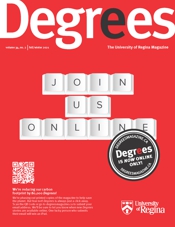

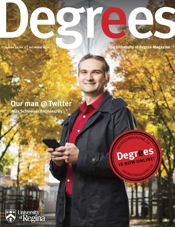
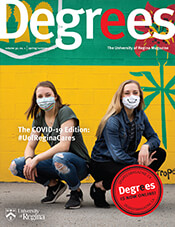



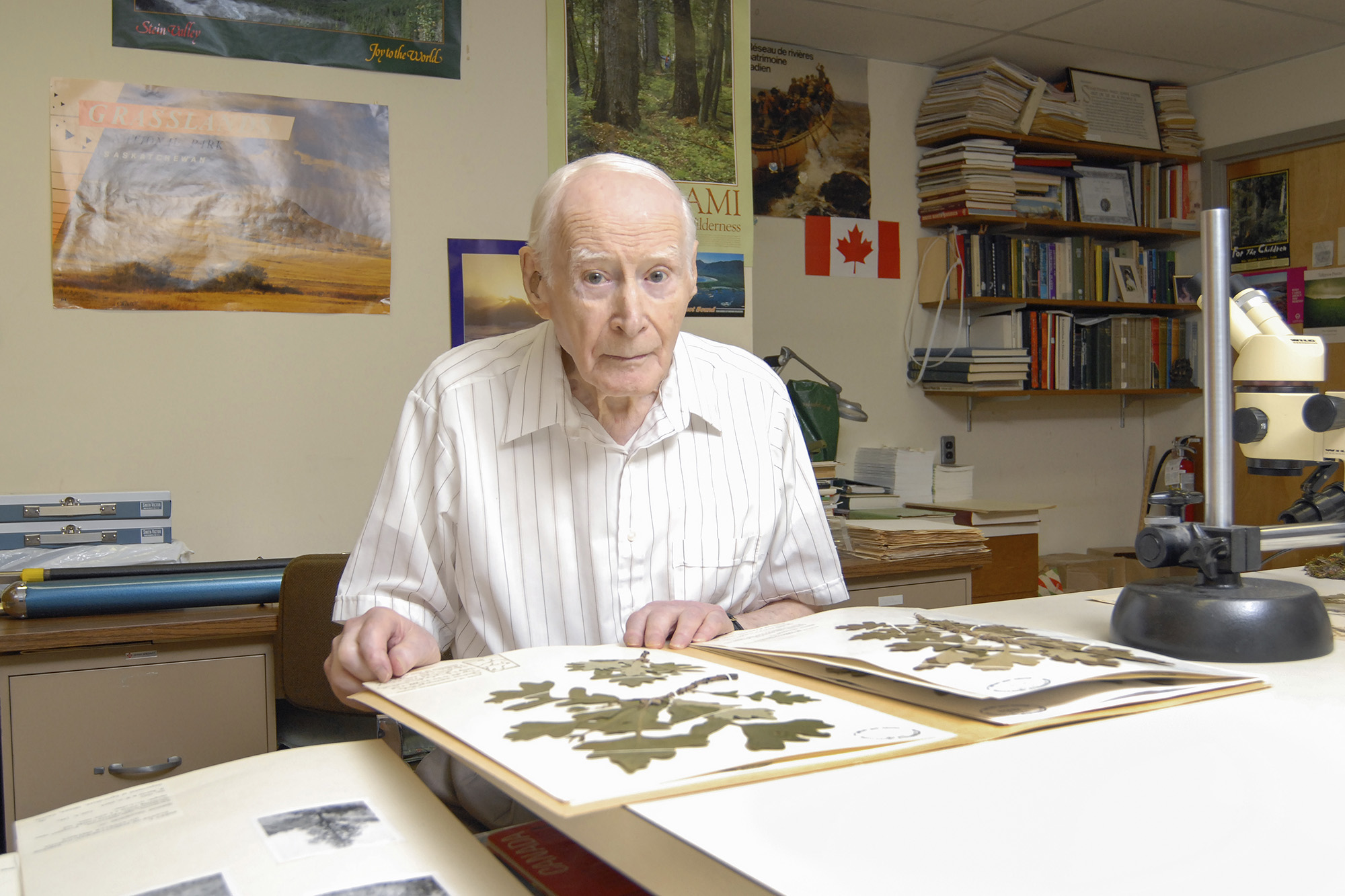 Former U of R biology professor George Ledingham.
Former U of R biology professor George Ledingham.
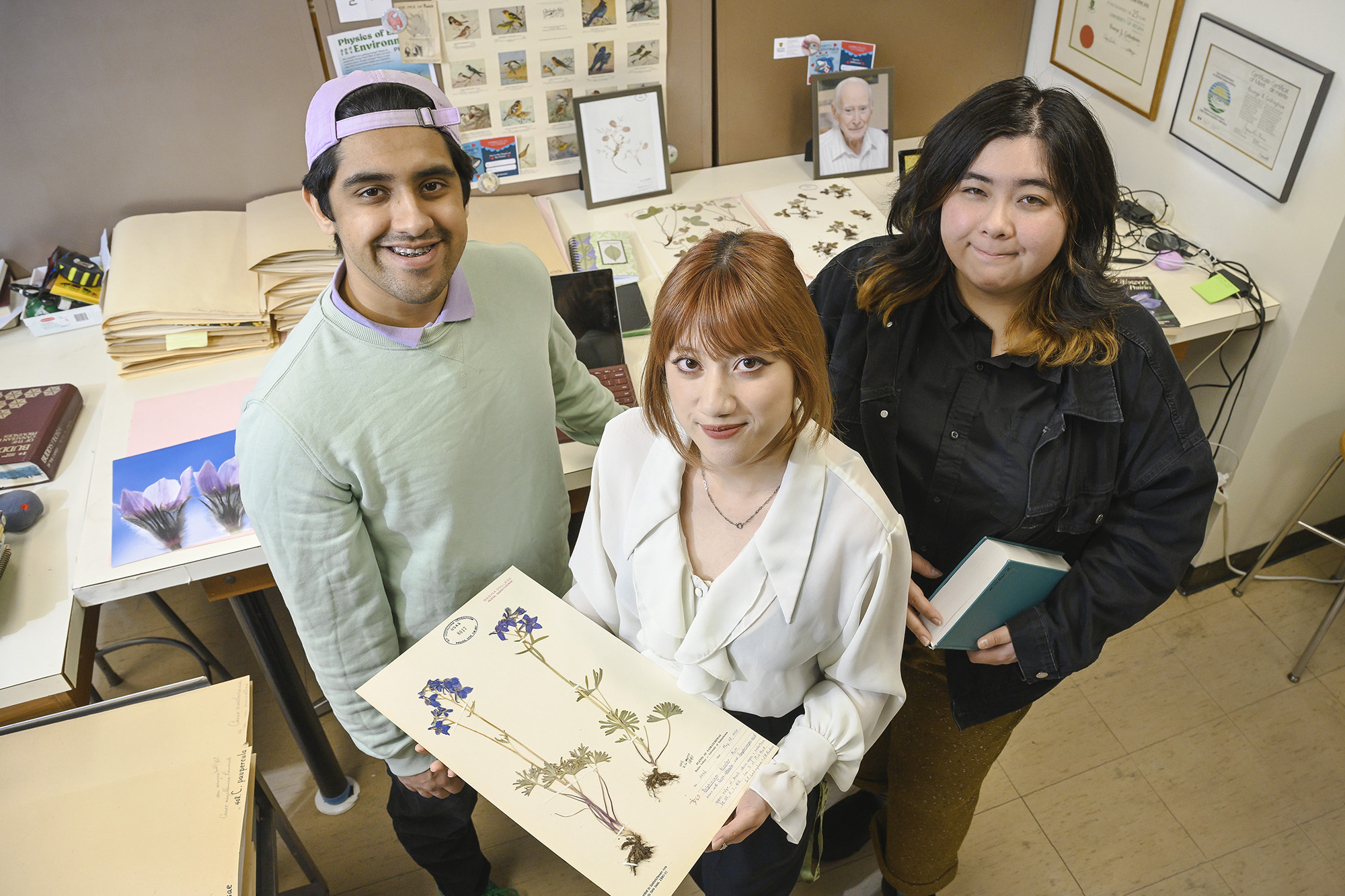 Helping with the digitalization project is (left to right) Bazil Rehman BSc '23, Ellaissa Andrade BSc '22, and Mariko Sawa BA'19.
Helping with the digitalization project is (left to right) Bazil Rehman BSc '23, Ellaissa Andrade BSc '22, and Mariko Sawa BA'19.
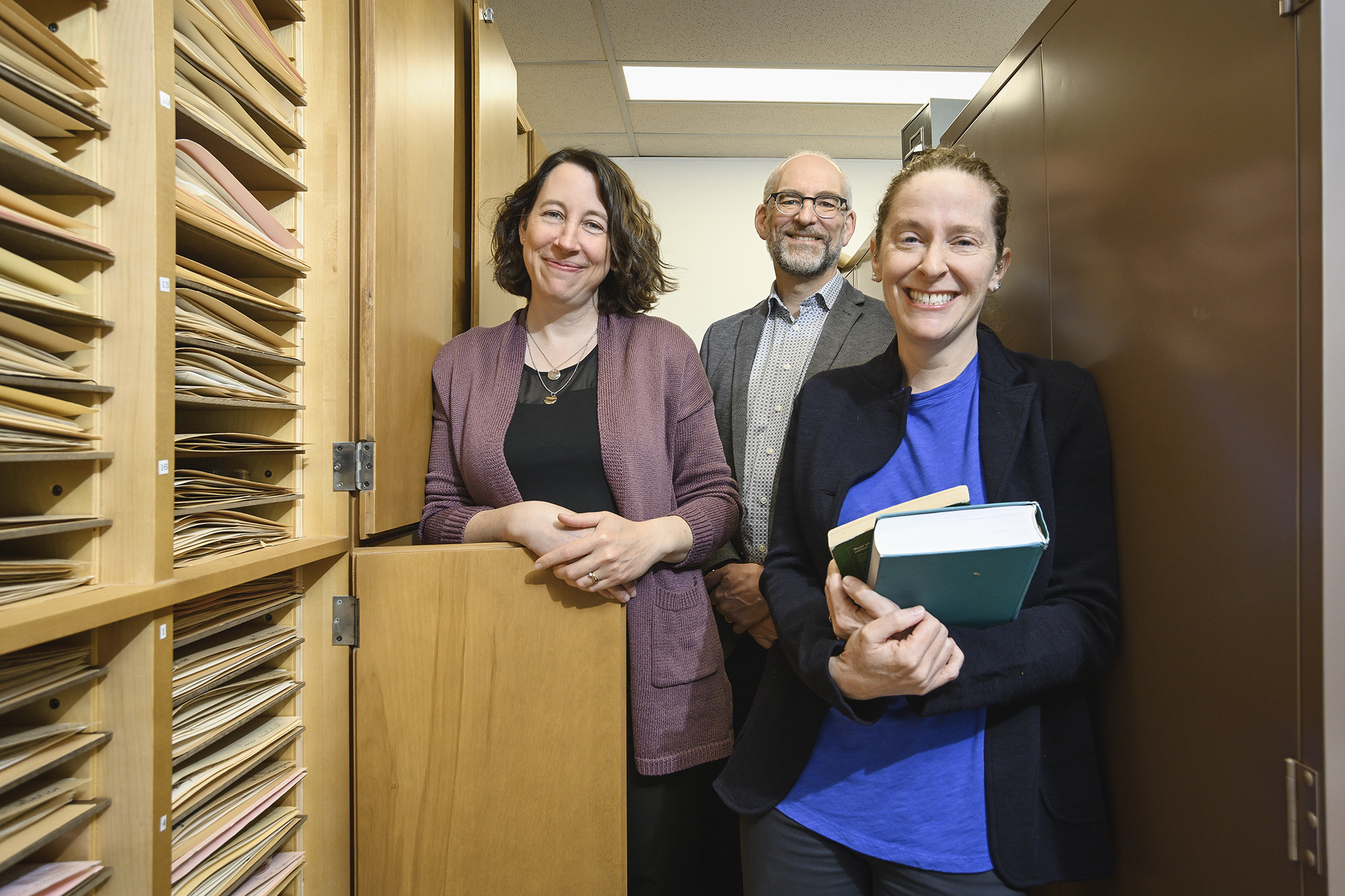 U of R faculty members behind the digitization of the Ledingham collection are (left to right) Crista Bradley, an archivist at the John Archer Library, Philip Charrier, associate professor of history, and Mel Hart, associate dean of Science: Student experience and engagement.
U of R faculty members behind the digitization of the Ledingham collection are (left to right) Crista Bradley, an archivist at the John Archer Library, Philip Charrier, associate professor of history, and Mel Hart, associate dean of Science: Student experience and engagement.
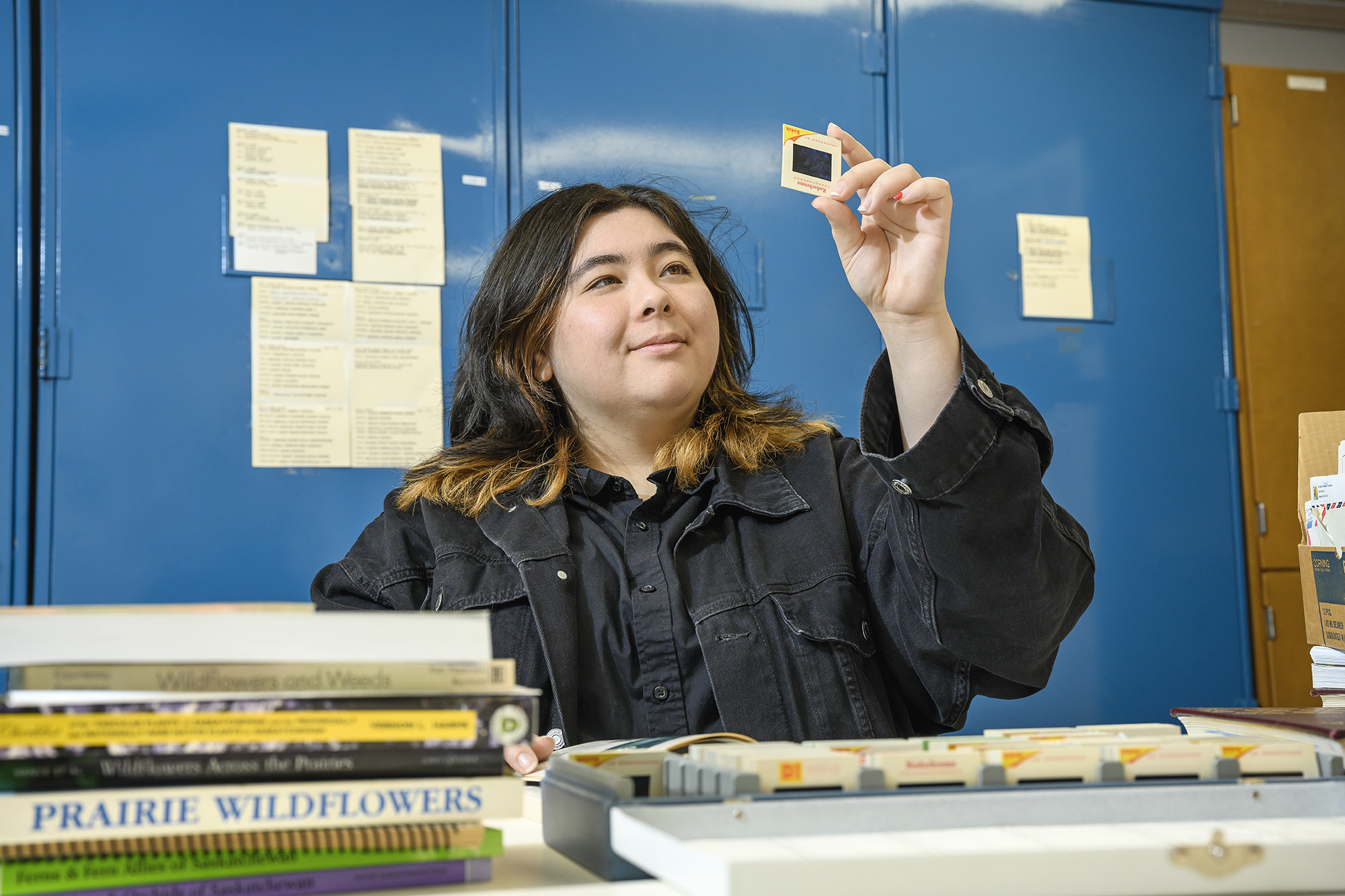 Part of what alumna Mariko Sawa BA'19, has been working on in the Ledingham Herbarium is putting together some of the plant samples for an art exhibit that will take place in the Fall.
Part of what alumna Mariko Sawa BA'19, has been working on in the Ledingham Herbarium is putting together some of the plant samples for an art exhibit that will take place in the Fall.
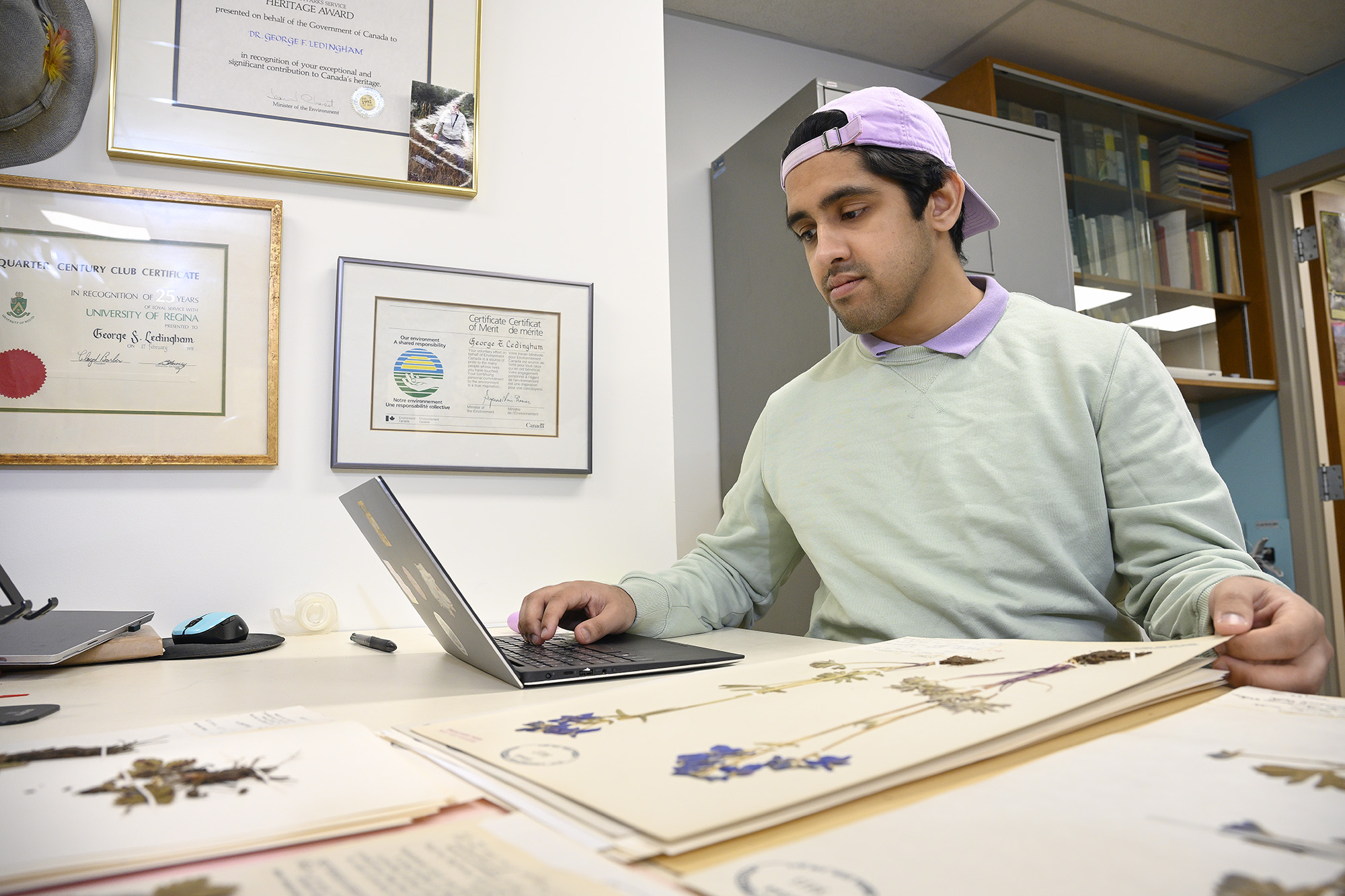 Bazil Rehman's BSc '23 time in the herbarium has turned the Faculty of Science graduate into an expert at finding the scientific names of plant samples.
Bazil Rehman's BSc '23 time in the herbarium has turned the Faculty of Science graduate into an expert at finding the scientific names of plant samples.
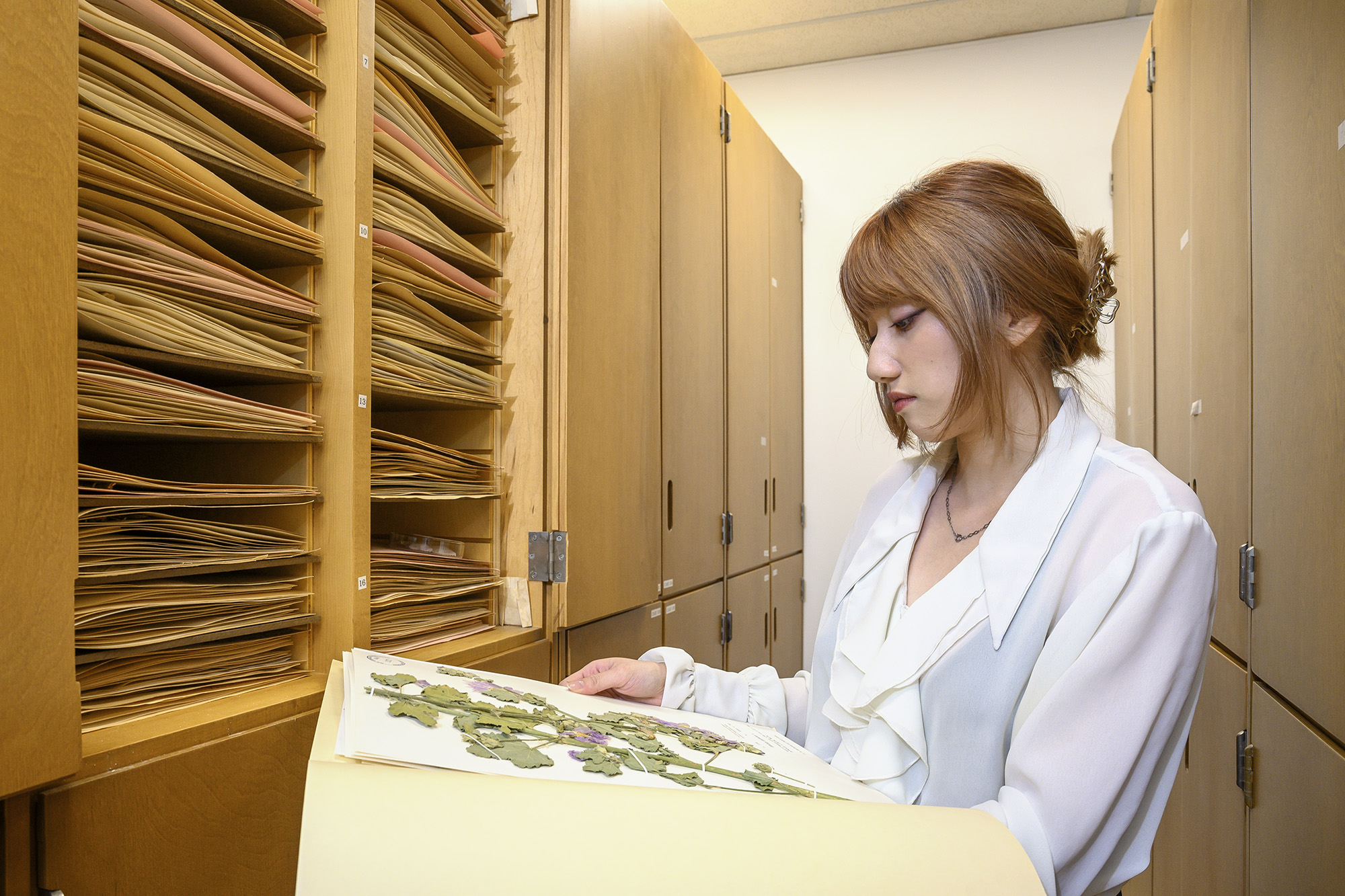 Ellaissa Andrade BSc '22 was one of the students tasked with transcribing the written information found on each of these labels into digital files.
Ellaissa Andrade BSc '22 was one of the students tasked with transcribing the written information found on each of these labels into digital files.